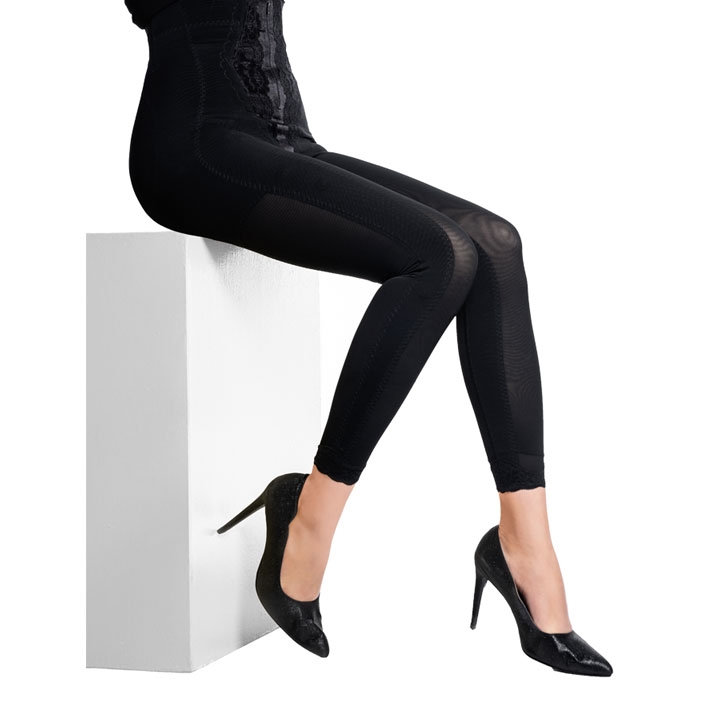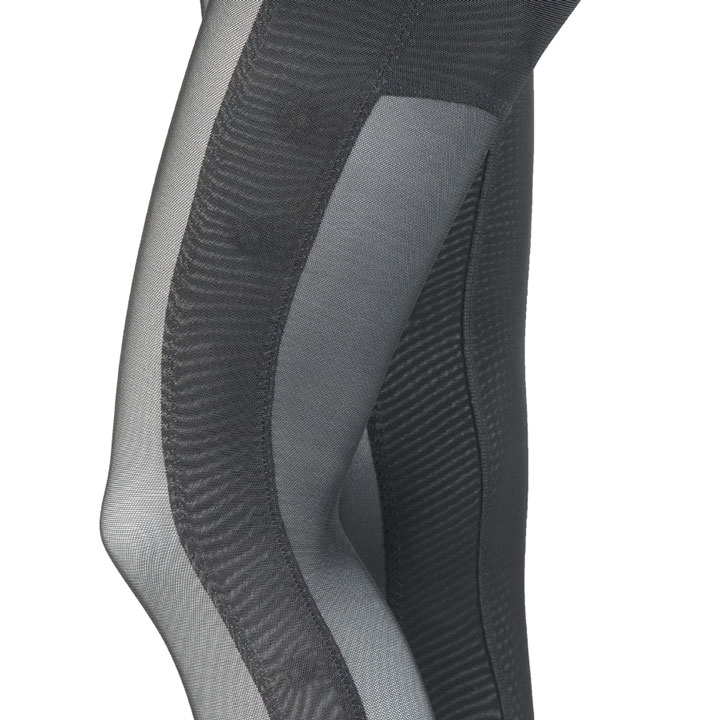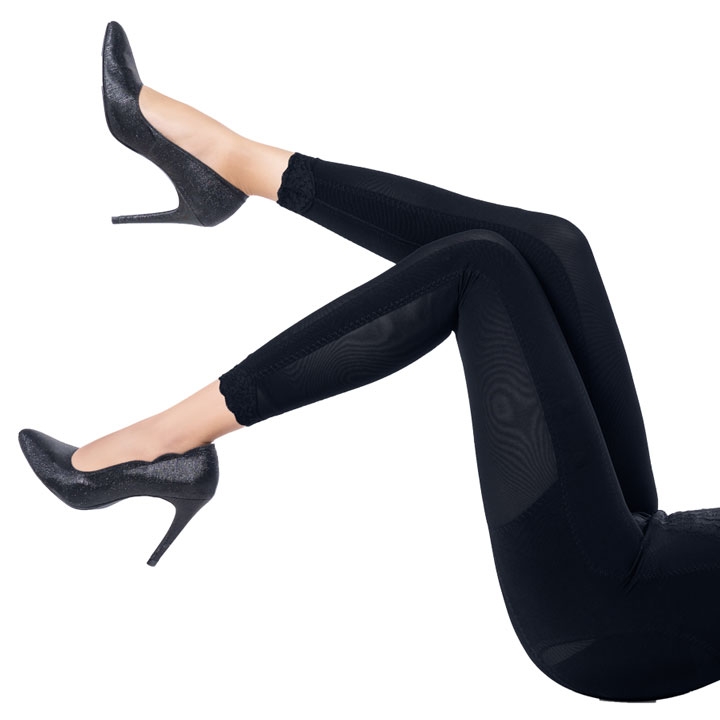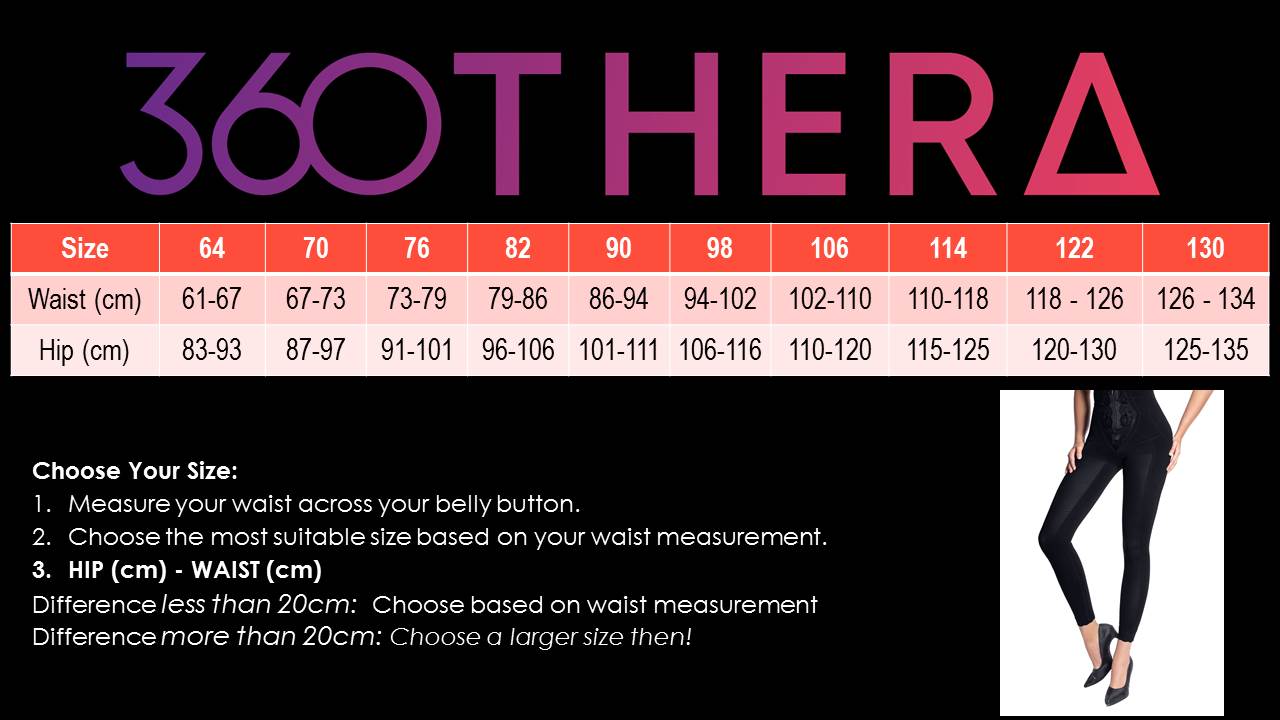


PREMIUM BEAUTIFUL 360 THERA PANTS
MYR 839.00
Made with superior 360° fat locking fabric enhanced with Far Infrared (FIR) and magnetic crystals, aimed to specifically improve blood circulation and perfecting your body contour.
BLACK
Out of stock
Materials
360 Fat Locking Fabric from USA, Ultra-Fiber Cooling Fabric from Japan
Member Benefits
Looking for exclusive members only deals and offers? Check out our business opportunity page.


 RAWANG,
SELANGOR
RAWANG,
SELANGOR

